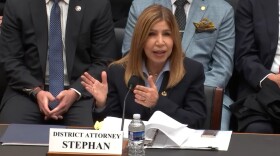This story was originally published by CalMatters. Sign up for their newsletters.
When Yvette Medina was growing up in the labor camps of California’s Central Valley, she’d often accompany her father to the bank to cash checks.
“He’d tell me, ‘You should be a bank teller. You’re inside all day, out of the sun,’” Medina recalled. “For me, growing up, there weren’t a lot of options or things to aspire to. My parents just didn’t know what was out there.”
A program called Mini-Corps changed all that. Mini-Corps, part of the state’s Migrant Education program, sends bilingual tutors to schools and labor camps to help children whose parents work in California’s agricultural fields, dairies, fisheries and timberlands. Medina credits Mini-Corps tutors with getting her through high school and helping her enroll in college, where she ultimately earned a teaching credential.
But now the Migrant Education program is defunded, at least temporarily, after President Donald Trump withheld its grant money on July 1. Several other education programs were also halted, including after-school centers, English learner programs and professional development for teachers. In California, the cuts totaled more than $810 million.
The U.S. Department of Education said it would not release the money until it completed a review of the programs to ensure “taxpayer resources are spent in accordance with the President’s priorities and the Department’s statutory responsibilities.” Last week it released the after-school grants, but nothing else.
The department didn’t say when that review would happen. Meanwhile, California and 23 other states have sued, saying that Trump had no right to withhold the money because it had already been appropriated by Congress.
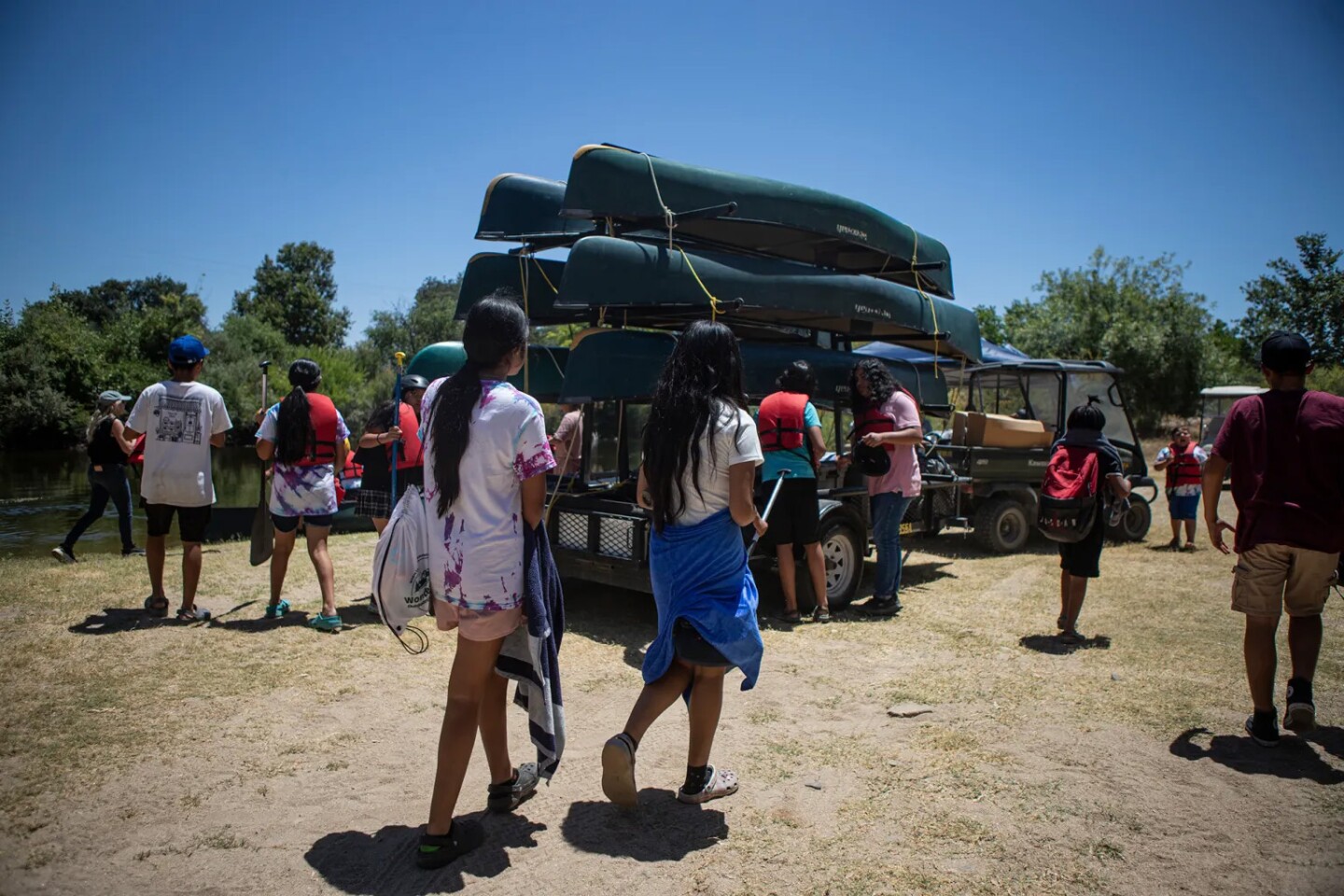
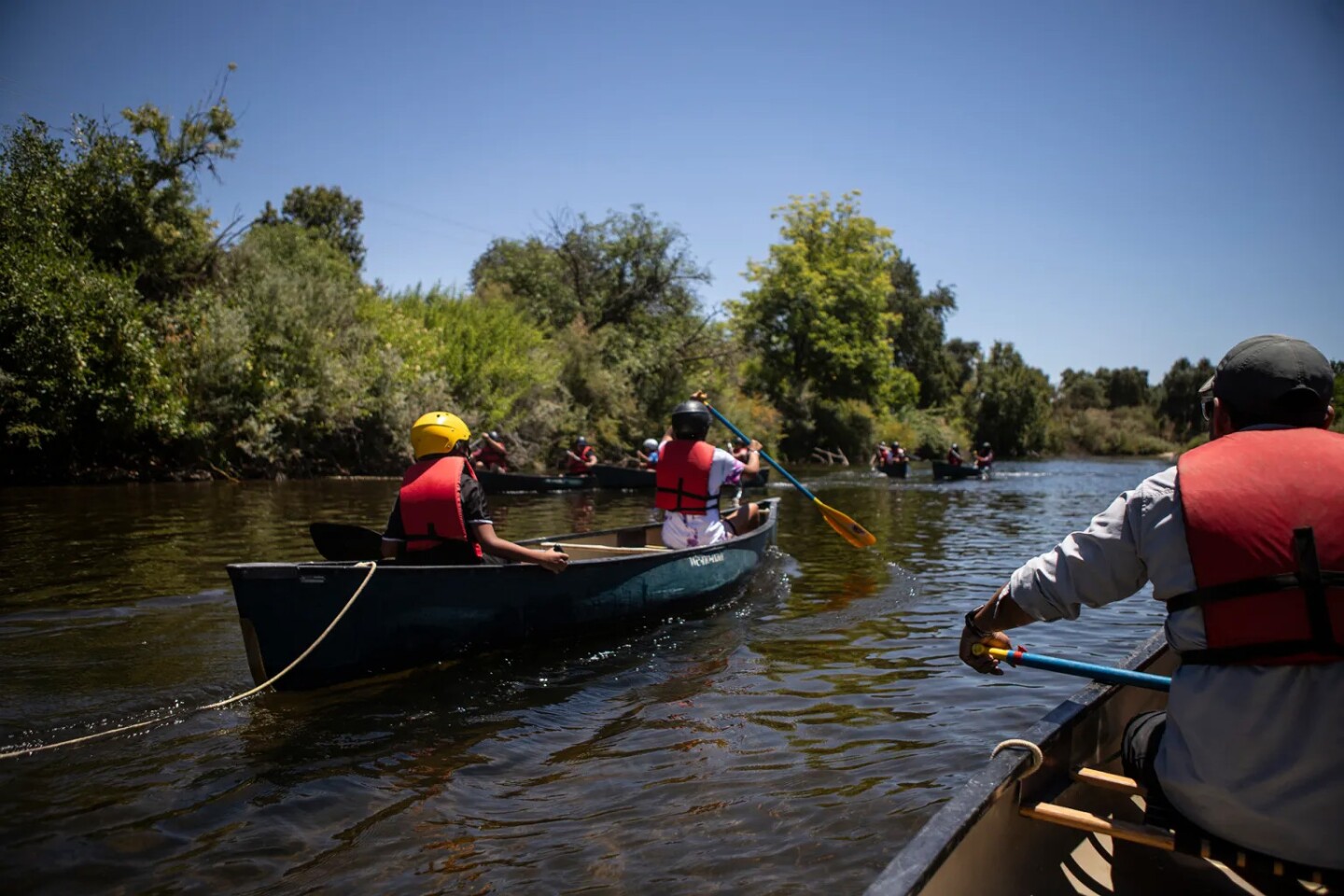
Almost every county in California has Migrant Education programs. Kern has the largest number of migrant students — nearly 5,000 — but even urban counties like San Francisco have at least a few dozen. Now, programs for those students have been put on hold or cut back. Some school districts scraped together money to keep the programs running through summer, but others canceled programs altogether and laid off staff. The Butte County Office of Education, which oversees the Mini-Corps program for the state, laid off more than 400 employees as a result of the cuts. The Santa Clara County Office of Education laid off 22 staff and shuttered many services for migrant students, including college visits, a math and science program, a debate tournament and summer programs.
“Our hope is that we find some other finding source,” said Tad Alexander, deputy superintendent of the Butte County Office of Education. “But right now it feels like they’re trying to bleed it out.”
On the move with the harvest
Nearly 80,000 students in California are migrants, moving every few months with their parents for work, according to a recent report by West Ed, an educational research and development organization. That could mean winter in Porterville for the orange harvest, spring in Salinas for strawberries, summer in Madera for peaches, fall in Oroville for almonds. Some families even venture to Washington for cherry season, or to Mexico between harvests. The majority of migrant farm workers are legally authorized to live and work in the U.S., according to WestEd.
Although most migrant students are in school at least part of the time, some aren’t enrolled in school at all. They’re either working in the fields themselves, caring for younger siblings or otherwise helping their families.
Migrant students, many of whom are English learners, tend to struggle academically. Of those who are enrolled in school, only 16% met the state’s math standard and 24% met the English language arts standard last year.
But migrant students had relatively high graduation and college-going rates – primarily community college – in part thanks to the Migrant Education program. Students can get help with reading, math, science, English language skills, one-on-one tutoring, health and social-emotional support, and help enrolling in college and navigating life after high school.
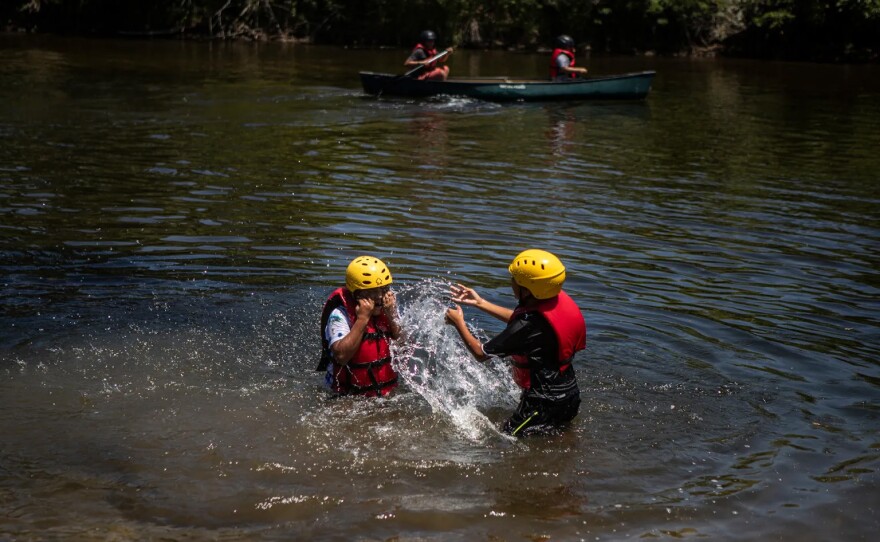
For nearly a century, the U.S. has offered services and protections to farm laborers from other countries. The Bracero program, an agreement between the U.S. and Mexico starting in 1942, allowed Mexican laborers to legally work in U.S. agricultural fields. That program ended in 1964, but President Lyndon Johnson stepped in to enact a host of other programs that benefitted migrant laborers, including the landmark Immigration and Nationality Act and the Migrant Education program.
Early in his career, Johnson had worked as a teacher at a school along the Texas-Mexico border where most of his students were the children of immigrants. He helped teach them English, started sports and literary clubs and drove them to nearby towns for athletic and speech competitions. He used his first paycheck to buy playground equipment. That experience was the inspiration for the Migrant Education program as well as Johnson’s other anti-poverty programs from that era, according to the National Archives.
The Migrant Education program served about 270,000 students nationwide last year, and is among the smallest of the federal education grants. Of all the programs Trump defunded on July 1, Migrant Education has the lowest price tag: $121 million for California, $375 million nationwide.
'Dark times'
De-funding the program has had a chilling effect on migrant families everywhere, said Debra Benitez, director of migrant education services for WestEd. Most migrant families deeply value education, she said, and are willing to make extraordinary sacrifices for their children to go to school. The Migrant Education program allows that to happen, she said.
“This is a population of individuals who’ve dedicated their lives to agricultural labor, very difficult work which we know historically no one else is willing to do,” said Benitez, whose grandparents were migrant laborers in the San Joaquin Valley. “All they want is for their children to be educated.”
She believes that defunding Migrant Education will ultimately hurt the economy because immigrants play such a crucial role in farming, dairy, fishing and other industries.
“These families who have historically worked as migratory farm laborers, their plight has long been hard and arduous. But they’re proud to contribute to California’s economy,” Benitez said. “And then there’s the human side of it. It’s painful. These feel like dark times.”
Bilingual teacher pipeline
Mini-Corps works with 28 colleges and universities in the state to train tutors to work in schools and camps. Tutors earn $17.25 an hour and gain classroom experience that can give them a leg up for a teaching career. Most are bilingual Spanish speakers, but some speak Punjabi, Chinese, Hmong and other languages of California migrants.
The idea is to help migrant children while also creating a pipeline of bilingual teachers.
Daniel Martinez-Osornio worked as a Mini-Corps tutor for migrant children when he was a student at Cal State San Marcos. He spent his time at schools in Vista and San Marcos, helping students with classwork but also “building connections, helping kids so they didn’t feel called out or uncomfortable,” he said.
Having grown up in Salinas, Martinez-Osornio understood the challenges that migrant students faced. Although his family didn’t move frequently for work, many of his cousins and friends did. With more than 4,300 migrant students, Monterey County has one of the highest percentages of migrant students in the state.
“I know it’s tough. The parents are working all day, and kids have to be home to take care of their siblings — or be taken care of by siblings,” he said. “The kids just want someone to talk to about their day, what’s going on, express their feelings. They just want to have some happiness.”
Martinez-Osornio was so inspired by his work in the Mini-Corps program that he decided to become a teacher. He recently earned his credential at Stanford and hopes to be a bilingual elementary teacher in Salinas.
He was shocked when he heard that the federal government stopped funding the program.
“It breaks my heart,” he said. “I just couldn’t believe it, considering the impact it has on kids and families. It’s generational impact.”
Waiting and hoping
Some counties have been able to salvage their summer migrant programs without laying off staff, at least for now. The Fresno County Office of Education, which has the state’s third-largest migrant program with 6,300 students, has converted half of its summer programming to a hybrid virtual format. Instead of two weeks at an outdoor education camp called Scout Island, students will spend one week there and one week on other activities, including online learning.
Fresno County Superintendent of Schools Michele Cantwell-Copher said her office would continue to help migrant students as best it can, but it will likely have to make deep program cuts.
“(This program) is a lifeline for thousands of students in Fresno County,” she said. “The students who are impacted by cuts to migrant services are the same students whose families put food on our tables. We will continue to advocate fiercely to ensure these young people get the support they deserve.”
Imperial County, which has 3,543 migrant students, received nearly $5 million last year for its migrant education program. Nonetheless, the county doesn’t plan any layoffs or program cuts, in part because County Superintendent of Schools Todd Finnell said he’s confident that the federal money will come through eventually. Also, the program is worth keeping even without the federal resources, he said.
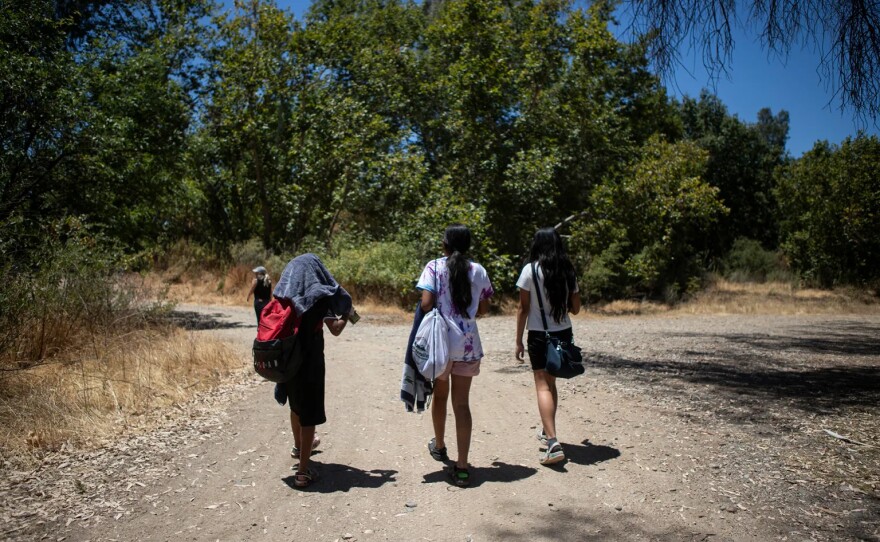
“Our students and families benefit significantly from the program and any reduction or elimination would certainly be a loss in our mission to improve the quality of life in Imperial County,” Finnell said.
‘Hope that you didn’t have before’
Yvette Medina, whose parents are laborers from Mexico, moved every few months as a child. Her parents picked cherries, tomatoes, watermelon, asparagus and apricots, sometimes working in packing plants in Stockton or Tracy. Medina didn’t spend an entire year at one school until her senior year in high school, when she stayed with an aunt in Manteca.
Mentors in the Migrant Education program helped her enroll at Sacramento State, and inspired her to become a Mini-Corps tutor herself.
“In a world where you feel lost, it’s another person who speaks your language, reflects your culture,” Medina said. “They’re in college, they’re role models. You think, oh my gosh, I want to be like that too.”
Medina worked as an elementary school teacher for several years after graduating, and now runs the Mini-Corps program at the Butte County Office of Education. In addition to running that program, the office oversees Migrant Education for 22 counties between Sacramento and the Oregon border.
“Mini-Corps changed my life, it changed my family’s life,” Medina said. “It introduced me to a profession where I’d have access to a salary, benefits, networks. It gives you hope that you didn’t have before.”
This article was originally published by CalMatters.






